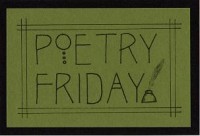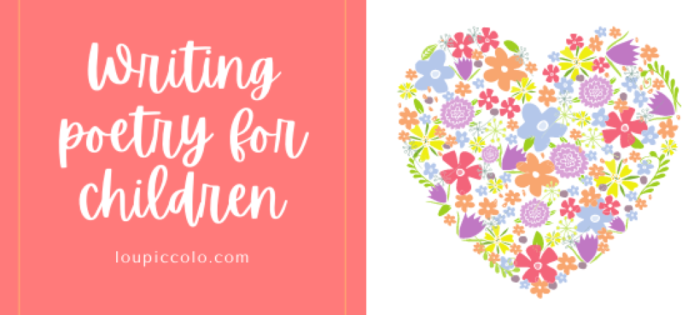You’ve decided you want to write a rhyming picture book. As a writer who takes their craft seriously, you’ve:
- taken a course on writing poetry
- read as many rhyming picture books as you can
and now you’re ready and raring to go.
You have an original and engaging premise, but you’d like your picture book manuscript to be a little different, a little something that makes publishers and agents say, “Oh my, this has a little je ne sais quoi. I like it!”
Have you considered playing around with poetic forms? Today in the Rhyming Picture Book Poetic Form series, we’re going to be taking a look at the double dactyl.
What is it?
Doubly dactyl is a fairly new form which appeared in the 1950s. Its name tells us that it uses dactylic feet which is a three-syllable unit with the stress falling on the first syllable (DUM-da-da). Double dactyls have a very strict form to follow which makes them both easy and challenging. But you wanted your book to be a little different, didn’t you?
Double dactyl guideline
- It has two stanzas and every stanza is a quatrain
- The first three lines in each stanza are written in dactylic dimeter (DUM-da-da / DUM-da-da)
- The last line of each stanza is one dactyl plus a stressed end syllable that rhymes
There are also rules about the content of a double dactyl:
- The opening line of the first stanza contains two repetitive nonsense words
- The second line of the first stanza is normally the subject of the poem (the person’s name)
- Line 6 or 7 is one six-syllable double dactyl word
Phew! Still following? Perhaps an example would help? Here’s one I wrote when learning:

You’ll notice that I didn’t use a six-syllable double dactyl word in line 6. Yes, I cheated a little as six-syllable words can be challenging for a young picture book audience. Here are some examples of six-syllable double dactyl words to show you what I mean:
- Egocentricity
- Unconstitutional
- Overambitiously
- Cardiovascular
- Thermodynamically
- Dermatological
- Invincibility
You may not write your entire rhyming picture book as a series of double dactyls, although you could, but how about adding one to your manuscript for some flair?
Next week in Rhyming Picture Book Poetic Forms, we’ll be looking at counting poems. See you then!

Jone is hosting Poetry Friday this week at Jone Rush MacCulloch



